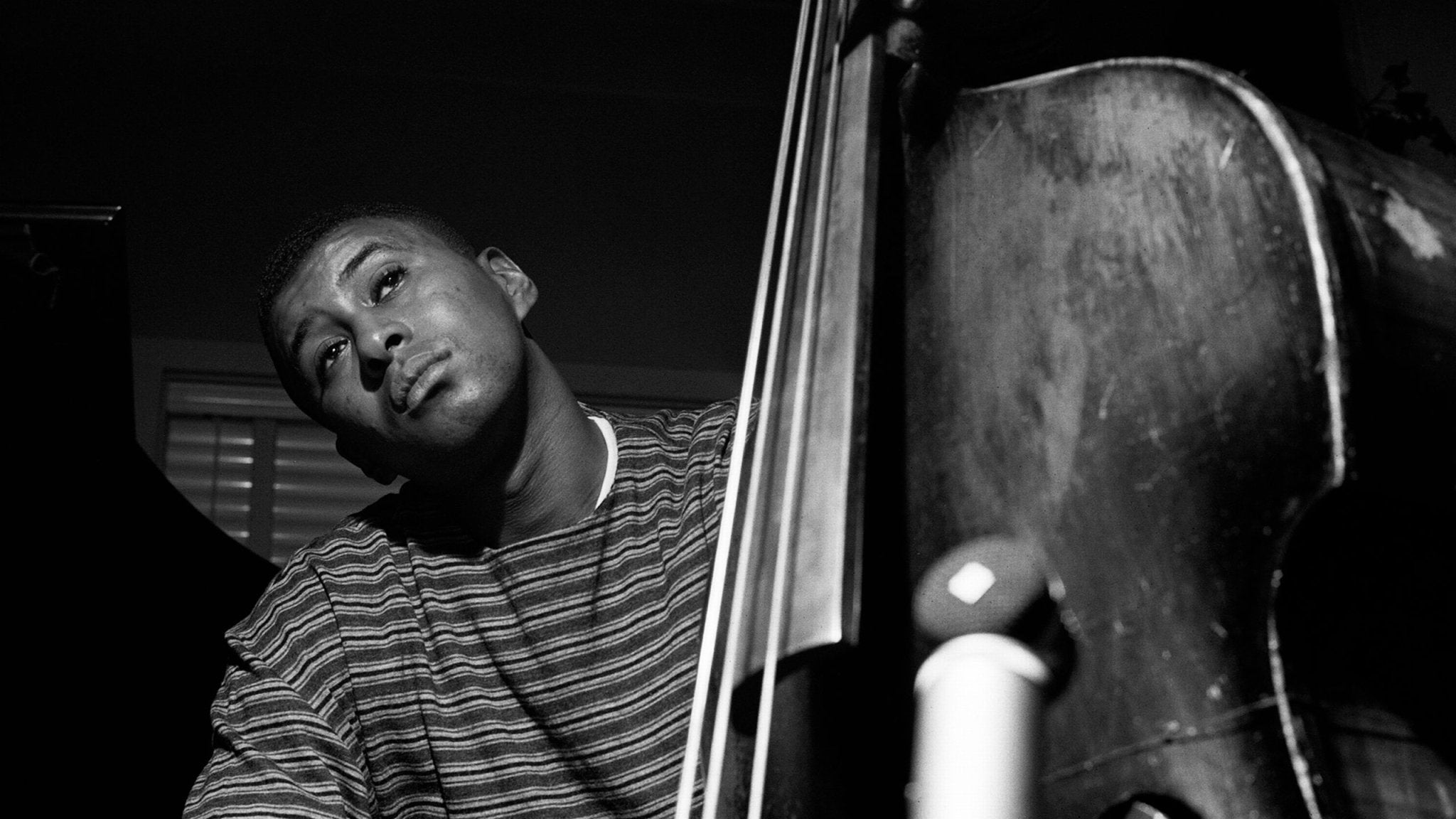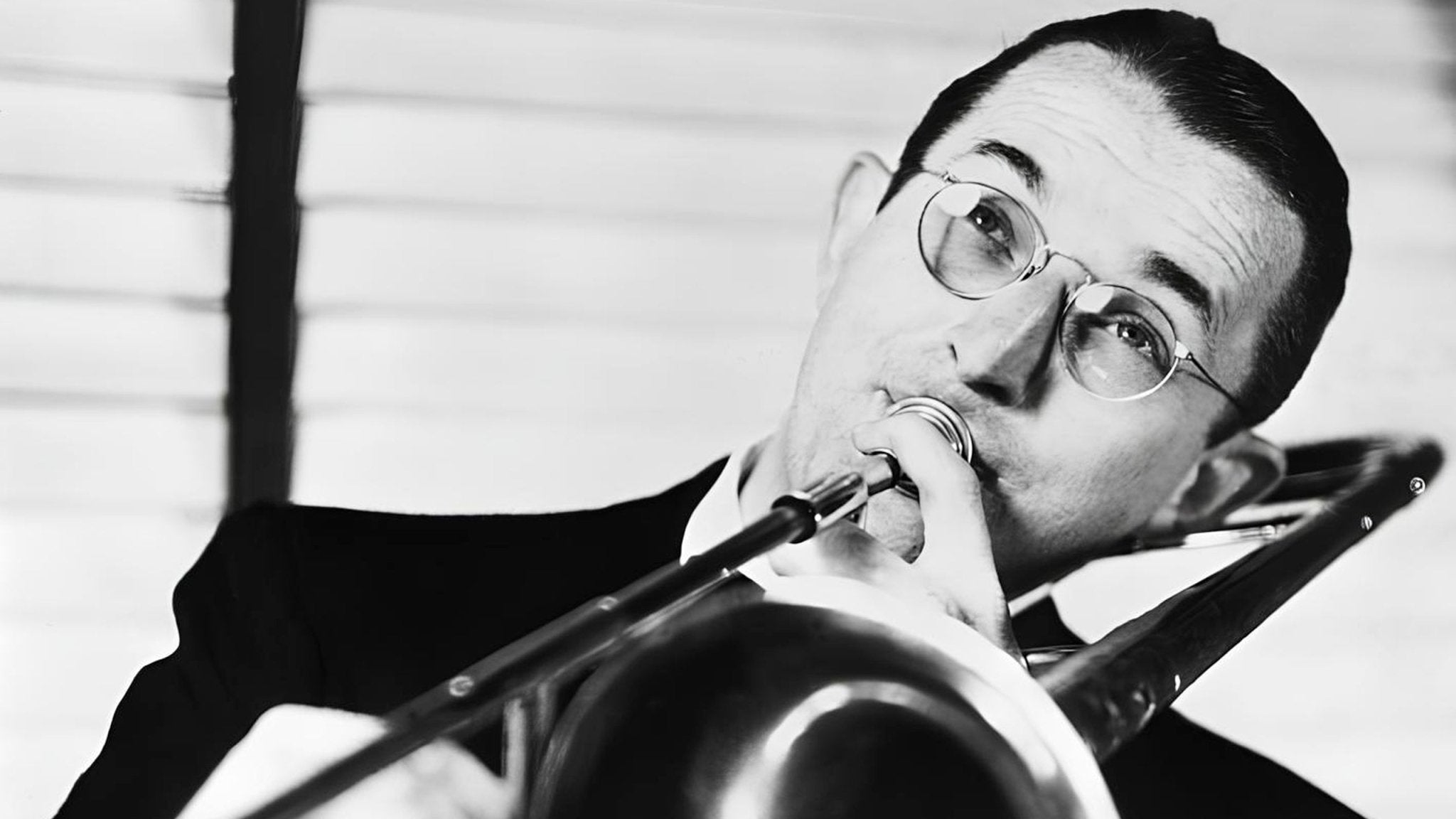
Paul Chambers: Musical Career, Achievements and Personal Struggles

Paul Chambers was one of the most notable bassists during 1955-1965, as he was the first who performed creative solos with the bow. His skills on the double bass didn’t go unnoticed among his peers. He was also famous for being a part of Miles Davis' first great quintet. In this article, we will briefly explore the key aspects of Paul Chambers’ creative and personal journeys.

Paul Chambers’ Start of Musical Career and Influences
Paul Chambers was born in Pittsburgh, Pennsylvania, but brought up in Detroit, Michigan. He started his musical career as a baritone horn player during his school years, performing with his mates. Later he began to play the tuba. In 1949, fourteen years old Paul switched to the double bass. Paul played some classic music with the Detroit String Band. Also, he combined his study at Cass Technical High School with performances with student groups, where apart from bass he also played a baritone saxophone.
His serious work on refining skills on the bass began with private lessons with Gaston Brohan, the first double bassist from Detroit Symphony Orchestra in 1952. It took only five years and Paul already performed with Bennie Green and J.J Johnson.

Paul was inspired with the music of Charlie Parker and Bud Powell. These musicians did a great job in shaping Chambers into who he would become later. Regarding bassists, he admired Oscar Pettiford, Ray Brown, Percy Heath, Milt Hinton and Wendell Marshall. While he liked those musicians for their rhythm section, he also admired technical prowess of Charles Mingus and George Duvivier as they really pushed the double bass’ potential in jazz forward.

However, his ever-lasting inspiration was Duke Ellington’s bassist Jimmy Blanton. During his career, Paul Chambers carried forward the traditions of Blanton’s playing style, making it more melodic and creative in terms of harmonic and bowed techniques.

Paul Chambers: First Achievements
During 1954-1955, Paul Chambers spent his time on tours with Bennie Green, Paul Quinichette, George Wallington, J. J. Johnson and Kai Winding. In 1955, he became a member of the Miles Davis Quintet, with which he played until 1963.

During his collaboration with Miles Davis’ band he not only received the award "New Star Award" in DownBeat jazz critics poll, but also contributed to many albums that became classic, one notable among them is “Kind of Blue”. Chambers’ role on this album is considered on the same level as Davis’s. It was one of the most impactful albums within jazz genre and outside it. It also took a place in the list of the Rolling Stone’s best albums of all time. Obviously, this album contributed to the overall success of Paul, and compared to his other achievements it looks like a real triumph.

Chambers also stood out as a session player. During 1963-1968, Paul played with American jazz pianist Wynton Kelly who was one of his colleagues from Davis’s quintet. He also collaborated with other musicians who he met in Davis quintet/sextet, such as Bill Evans, Cannonball Adderley, and Red Garland. He recorded 14 albums with a saxophonist John Coltrane, including two famous albums “Giant Steps” and “Blue Train”.
His virtuosic skills made him one of the most demanded musicians during 50s and 60s. He gained a great respect among his peers and was frequently engaged in projects of other musicians as a sideman. He played with Herbie Hancock, Chet Baker, Thelonious Monk, Sonny Rollins, Wayne Shorter and this list can be continued. Many musicians were so enchanted with his talent that they devoted songs to Chambers.

Paul Chamber’s Playing Style
Although he was inspired by many influential figures and borrowed some of their techniques, Paul Chambers’ style had his own distinctive features. Strong rhythmic drive, impeccable timing, and lyrical approach to bass lines characterized his playing. His music was both melodic and supportive, with fascinating bowed solos, which were very uncommon back then.

Paul also brought many innovations with the playing arco (bowed technique). The melodic parts of his playing style and innovative use of harmony were the features that helped him stand out among other musicians of his time.

Personal Life and Issues
He dealt with addictions to alcohol and drugs. During his collaboration with Miles Davis he was surrounded by musicians who also used drugs, so the problem only escalated. At the end of 1968, Paul was hospitalized. First, the reason was supposed to be an influenza, but then, after doctors conducted all necessary tests, it became obvious that Paul had tuberculosis. Back then, it was a challenge because of the absence of treatment methods available nowadays, so the illness resulted in 18-days coma. The complications were directly connected to his addictions. Paul Chambers died on January 4, 1969, when he was only 33.

Recap
Paul Chambers was one of the most influential American jazz double bassists, whose career was at its peak during the 1950s and 1960s. He is considered one of the most famous double bass players of the hard bop era, who blended experiments with harmonic, melodic approaches and bowed techniques. He contributed to albums which became all-time classic and was highly respected within the jazz community.

If you want to learn more about other musicians, check out our articles about John Coltrane, Håkan Hardenberger, Curtis Fuller, Dennis Brain, Ron Carter, Buddy Rich, Herbie Mann and more.
If you’re a bassist and interested in high-quality accessories, check out our Orchestral Strings category featuring bass bow quivers and cases made of Crazy Horse, Flotar and Detroit leather, specially crafted to protect your bows from shocks and dents. We did our best to design reliable solutions for contemporary musicians on the move and road. The great variety of colors will allow you to select the case that matches your genre and style.
For all leather accessories, we offer free personalization service – embossed initials, names and logos. This will help you stand out and prepare an awesome gift for a double bass player.
















 https://mgleatherwork.com/pages/about-us
https://mgleatherwork.com/pages/about-us





Leave a comment
This site is protected by hCaptcha and the hCaptcha Privacy Policy and Terms of Service apply.